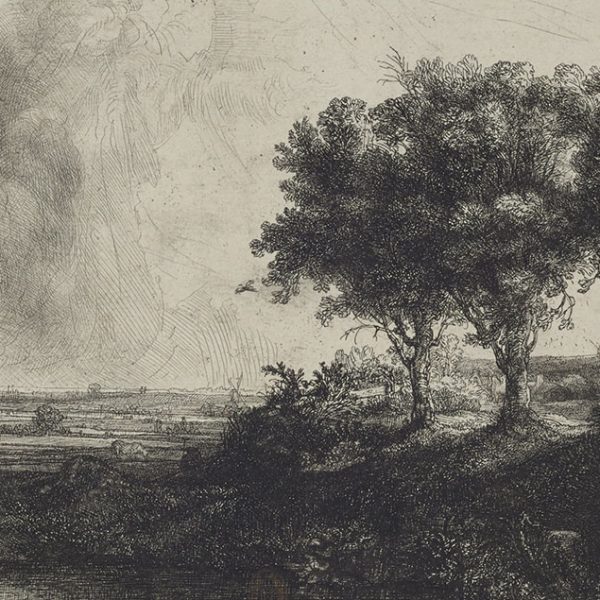Images of Space: Then and Now
Astronaut Ron Garan, Jr., as well as the rest of the crew of Expedition 27, watched this month’s Perseid meteor shower from the International Space Station, a better vantage point than that of most Earthlings. The Atlantic showed a picture that Garan tweeted from space of one of the meteors from above the shower, exciting not just his Twitter followers and science bloggers but space junkies all over. You can check out more of Garan’s amazing space twitpics here.
 Expedition 27’s crew follows a long tradition of science and art blurring boundaries between each other. The Perseid photo has an intrinsically aesthetic value as well as a scientific one; it was taken by an amateur photographer and professional scientist. As curator Susan Dackerman argues in Prints and the Pursuit of Knowledge in Early Modern Europe, the catalog for Harvard Art Museums’ exhibition opening September 6, art and science often have a close relationship with only vaguely definable boundaries. Print-makers in the sixteenth century worked with scientists in a collaborative exchange of ideas rather than just as illustrators for the scientific community’s ideas.
Expedition 27’s crew follows a long tradition of science and art blurring boundaries between each other. The Perseid photo has an intrinsically aesthetic value as well as a scientific one; it was taken by an amateur photographer and professional scientist. As curator Susan Dackerman argues in Prints and the Pursuit of Knowledge in Early Modern Europe, the catalog for Harvard Art Museums’ exhibition opening September 6, art and science often have a close relationship with only vaguely definable boundaries. Print-makers in the sixteenth century worked with scientists in a collaborative exchange of ideas rather than just as illustrators for the scientific community’s ideas.
The beautiful photos from space that modern technology has allowed since the launch of the Hubble Telescope is similar in intent to the work produced by sixteenth-century cosmographers and print-makers. Like digital photographs in our era, the rise of print-making marked a huge improvement in the distribution of artistic images. The same picture could be reproduced hundred or even thousands times by the same wood block. In the early 1500s, artists and astronomers produced woodcuts of the constellations and celestial globes depicting the skies of both hemispheres. While science could determine the configurations and placements of the constellations, art had the responsibility of visually interpreting the information.
In 1517, Johann Schöner, a mathematician, cosmographer, astronomer, and globe-maker issued the first printed celestial globe. The globe followed the woodcut celestial charts—“the first replicable image of the starry skies”—that Albrecht Dürer had created two years earlier. Both included impressive drawings of the constellations, including human figures for Orion and Andromeda and detailed animals for Sagittarius and Scorpio. Schöner’s globe, however, used a more “luxurious medium,” including gold leaf stars, individually labeled stars along with the constellations, a movable bronze meridian and stand, all the result of woodcuts and printing. The artists Schöner used re-imagined the charts Dürer made, continuing the constant conversation between art and science that even Twitter is part of today.

























